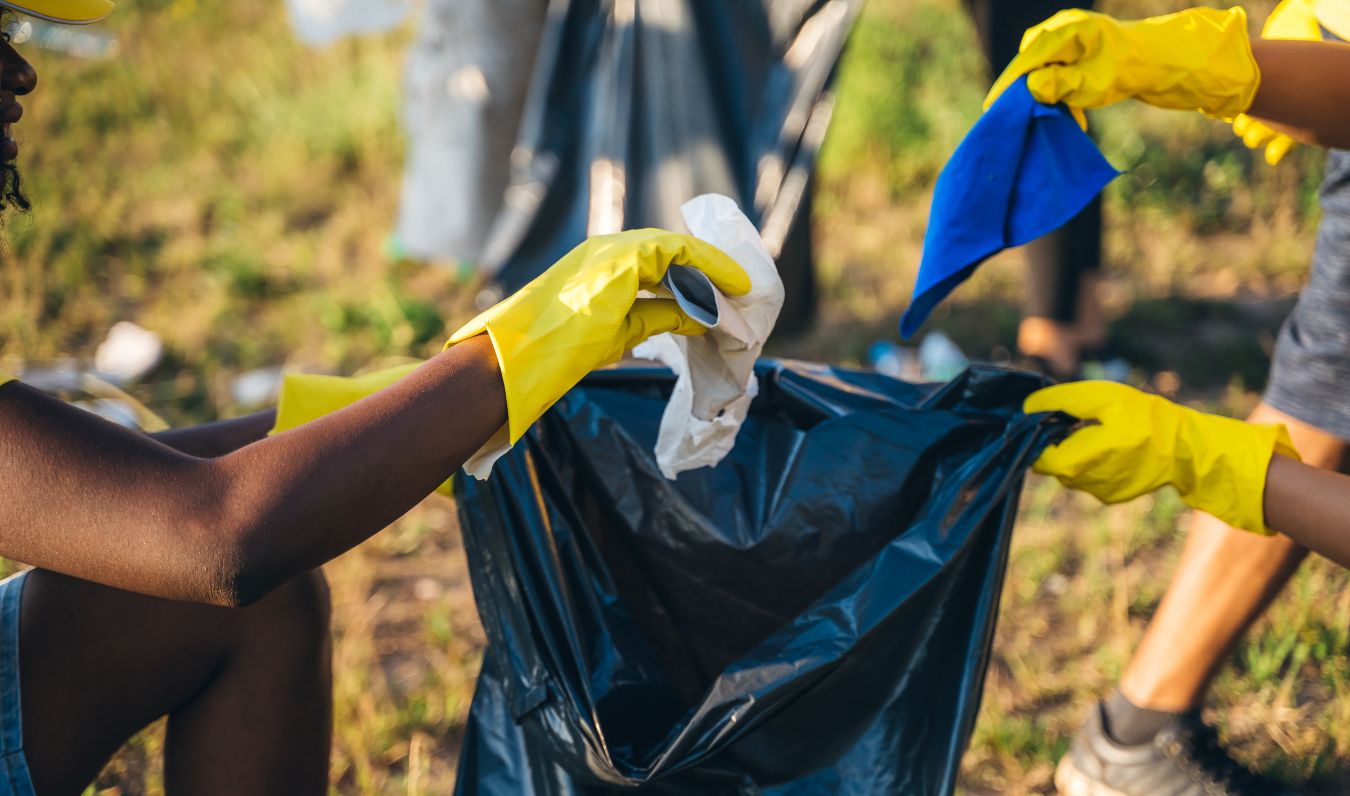Understanding Extended Producer Responsibility Laws and Plastic Credits

These are the two crucial concepts that are making waves in the world of sustainability: Extended Producer Responsibility (EPR) laws and plastic credits. If you've ever wondered how companies are held accountable for their environmental impact, or what those plastic credits are all about, you're in the right place.
Extended Producer Responsibility Policy
First off, what exactly is Extended Producer Responsibility (EPR)? Simply put,
EPR is a policy approach where producers are given a significant responsibility
– financial and/or physical – for the treatment or disposal of post-consumer
products. This means that manufacturers are not only responsible for creating
products but also for what happens to them after consumers are done with them.
It's about making sure that products are managed responsibly from cradle to
grave.
EPR regulations are the rules and guidelines that govern how the extended
producer responsibility is implemented. These regulations typically require
producers to fund the collection, recycling, and disposal of their products. The
aim is to reduce waste, promote recycling, and ensure that manufacturers design
products with their end-of-life impact in mind. In essence, it’s about holding
producers accountable for their products even after they leave the shelves.
Producer Responsibility in Sri Lanka
Now, let's zoom in on Sri Lanka. The country has been actively working towards
implementing EPR policies to manage its waste problem. Various initiatives and
regulations have been introduced to encourage producers to take responsibility
for the waste generated by their products. This includes partnerships with
private sector companies and NGOs to promote recycling and waste management
practices. The goal is to reduce the environmental impact of products and
promote a circular economy.
What is the Extended Producer Responsibility Act?
The Extended Producer Responsibility Act is legislation that formalizes the
principles of EPR into law. This act mandates that producers are responsible for
the entire lifecycle of their products, including take-back, recycling, and
final disposal. It's a powerful tool to ensure that companies cannot ignore
their environmental impact and are incentivized to design more sustainable
products.
The EPR framework regulations provide a detailed blueprint on how EPR policies
should be implemented. This includes setting targets for waste reduction,
specifying the responsibilities of producers, and outlining the processes for
collection and recycling. These regulations ensure a standardized approach to
managing waste and hold producers accountable to consistent and measurable
standards.
Plastic Credit
Alright, let's switch gears and talk about plastic credits. Think of plastic
credits as a currency for plastic waste management. A plastic credit represents
a certain amount of plastic that has been collected and properly managed
(recycled or disposed of) to offset the plastic footprint of a company.
Companies purchase these credits to balance out the plastic they use, similar to
how carbon credits work for greenhouse gas emissions.
The United Nations has been actively promoting the use of plastic credits as a
tool to combat plastic pollution. The UN’s initiatives focus on encouraging
companies to buy plastic credits to offset their plastic usage, thereby funding
projects that collect and recycle plastic waste. This system aims to reduce the
overall plastic footprint and support global waste management efforts.
Who Purchases Plastic Credits?
A wide range of organizations purchase plastic credits. This includes large
corporations aiming to offset their plastic use, non-profits looking to fund
waste management projects, and even governments that want to support
environmental initiatives. Essentially, any entity that wants to reduce its
plastic impact can purchase plastic credits to invest in sustainable waste
management practices.
Difference Between EPR and Plastic Credits
While both EPR and plastic credits aim to tackle the issue of waste, they
operate differently. EPR is a regulatory approach that mandates producers to
manage the entire lifecycle of their products. It’s about taking responsibility
for your own waste. Plastic credits, on the other hand, are a market-based
approach. Companies purchase credits to offset their plastic usage, funding
projects that manage plastic waste. EPR focuses on direct responsibility, while
plastic credits offer a way to compensate for environmental impact through
financial means.
So, there you have it! Extended Producer Responsibility and plastic credits are
two powerful tools in our fight against waste and pollution. EPR ensures that
companies are accountable for the entire lifecycle of their products, driving
innovation and sustainability. Plastic credits provide a flexible way for
companies to offset their plastic use and support waste management projects
around the world.
By understanding and leveraging these concepts, we can make significant strides
towards a more sustainable future. Whether you're a producer, a consumer, or
just someone passionate about the environment, there's a role for you in this
journey. Let’s work together to create a cleaner, greener planet.